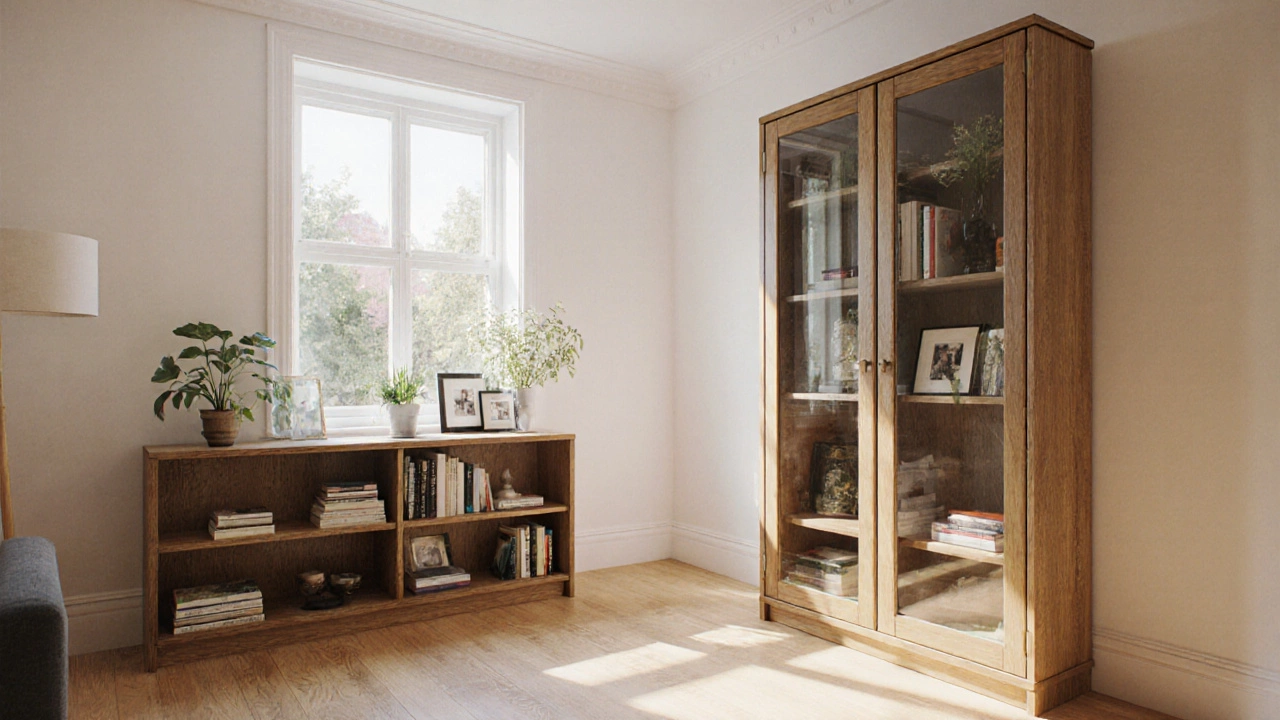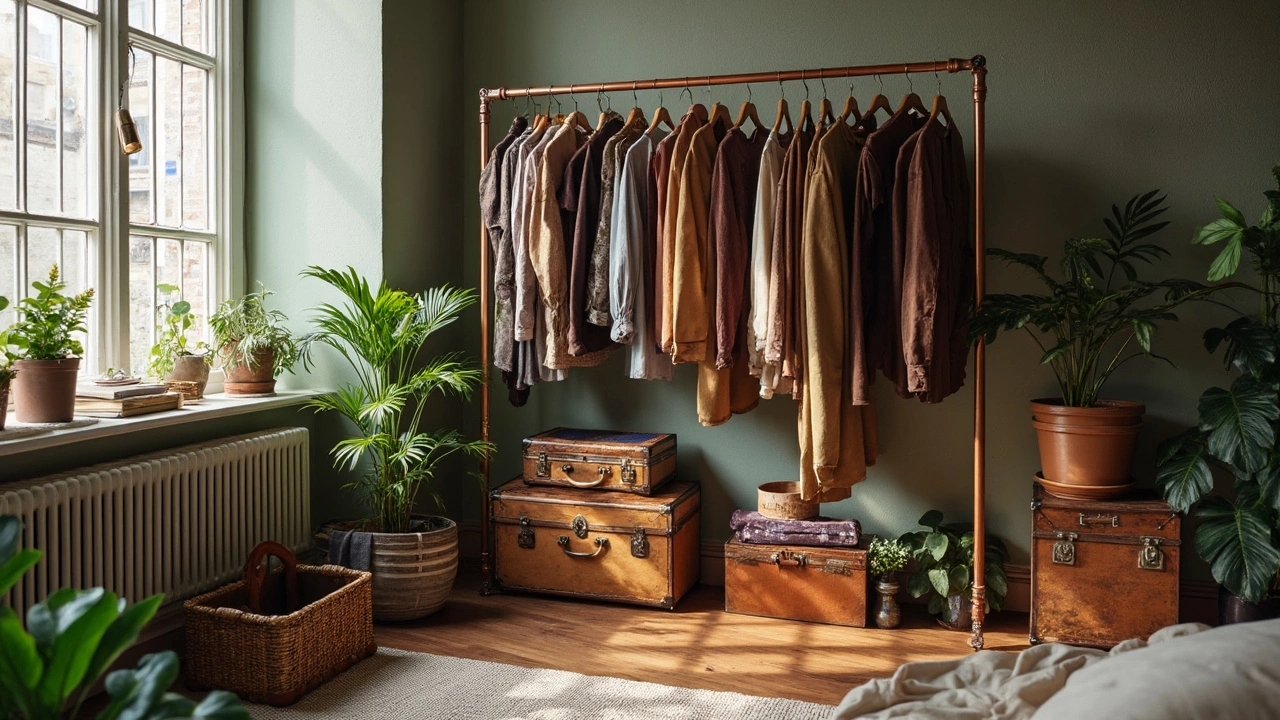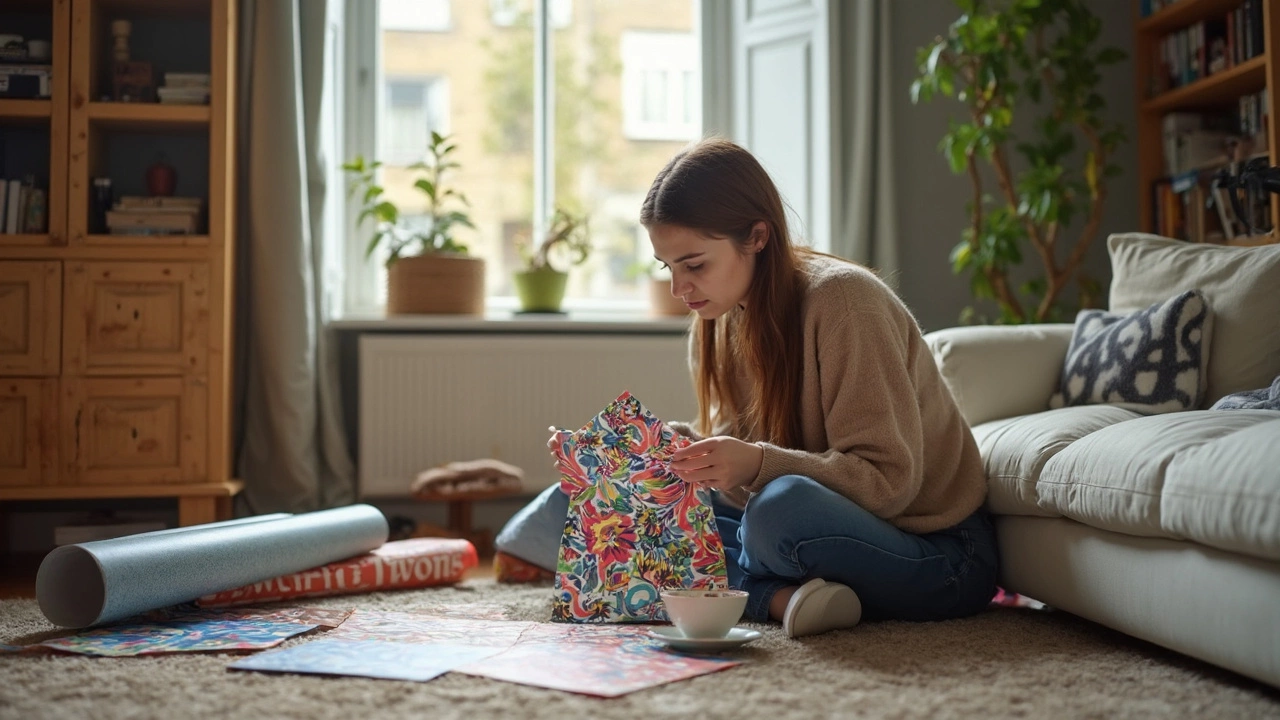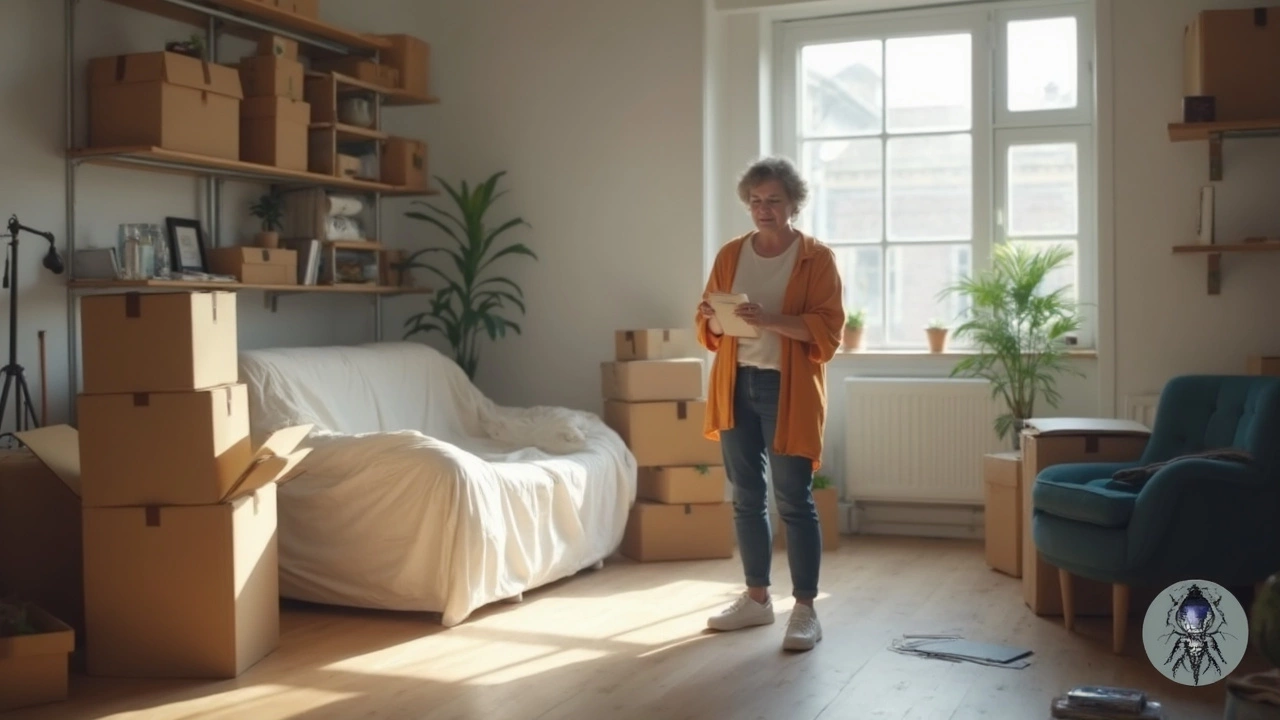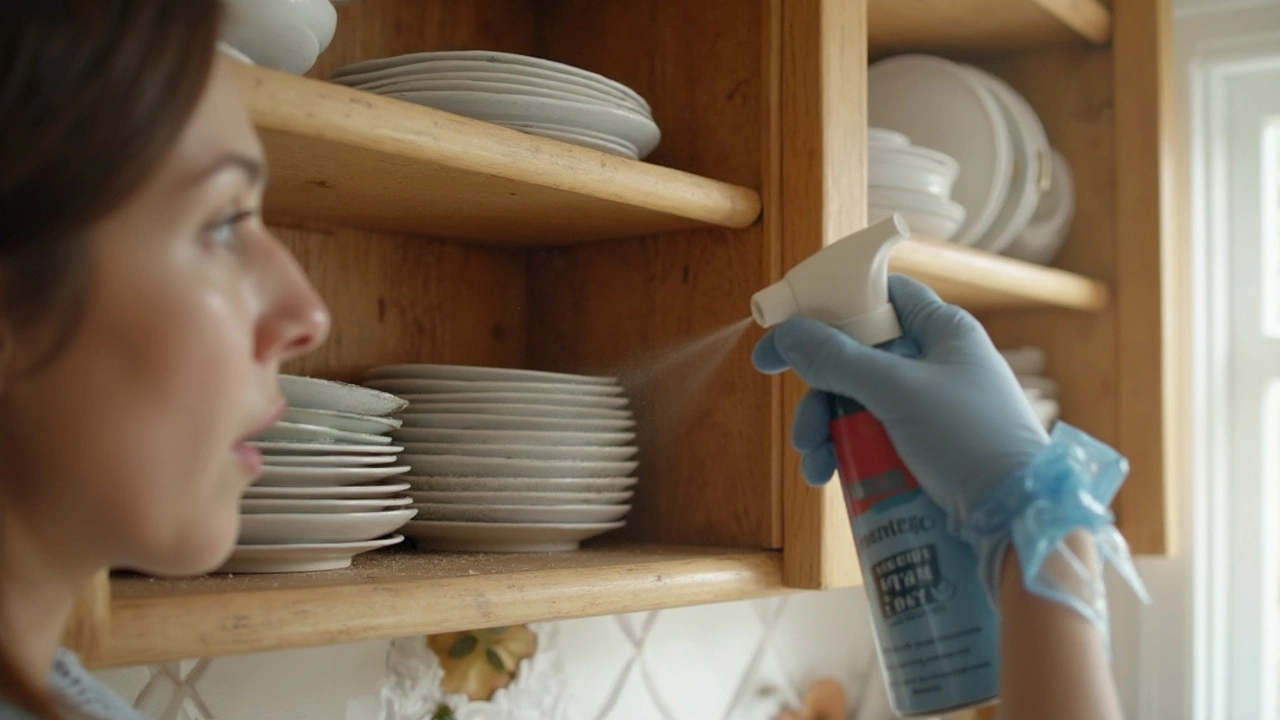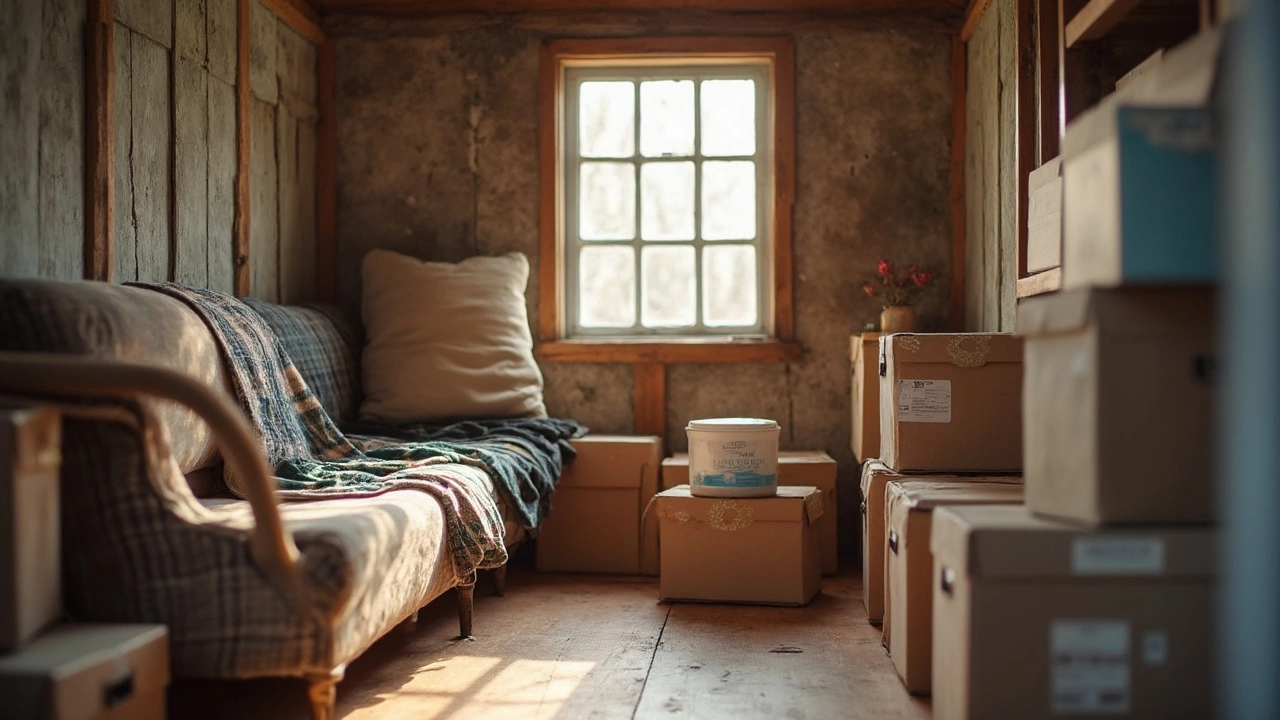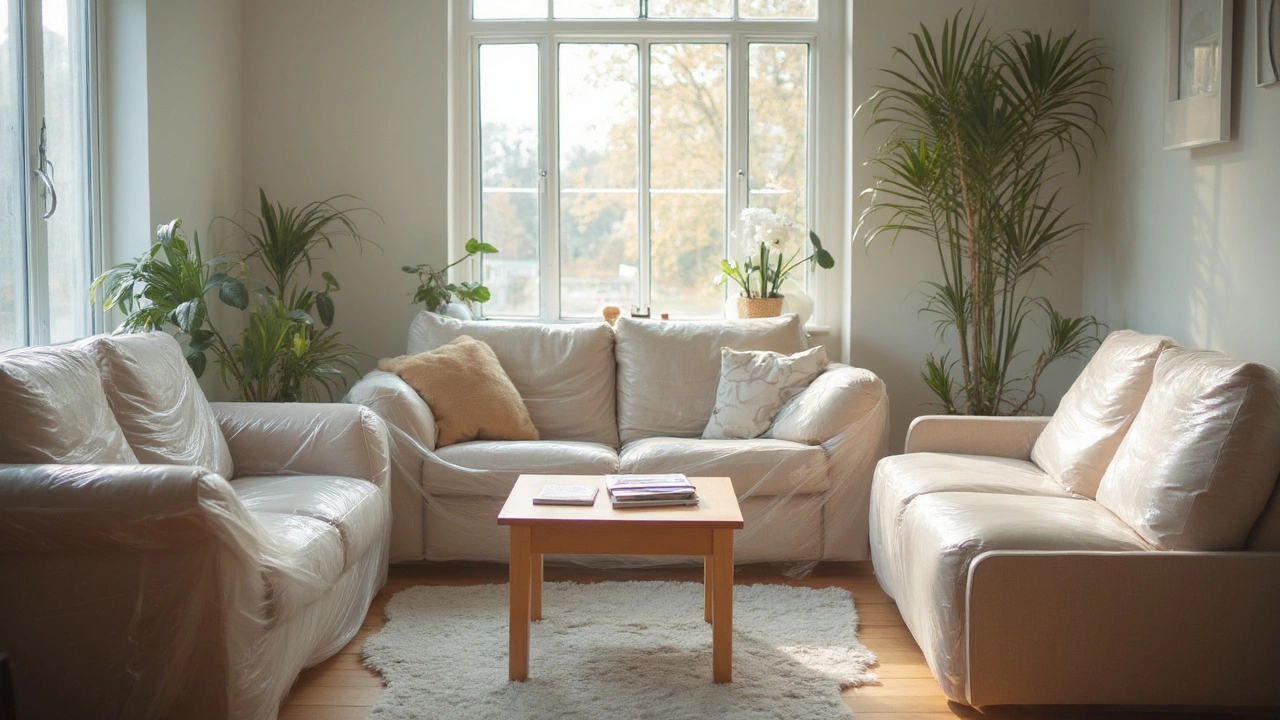Storage Furniture Guide: Practical Tips and Rustic Style
When you need more room for books, blankets, or gear, the right storage furniture can change everything. It doesn’t have to be a boring shelf – a sturdy chest, a bench with hidden compartments, or a reclaimed wood cabinet can add personality and solve clutter at the same time. Below you’ll find ideas that work in a cottage, a cabin, or a contemporary flat, and they all stay true to a rustic, sustainable vibe.
Smart Storage Pieces for Small Spaces
Living in a small flat? A lofted bed with drawers underneath instantly gives you a sleeping area and a built‑in wardrobe. If you have a hallway, a narrow console table with a lower shelf can hold shoes, keys, and a few decorative boxes. Look for benches that open up – they double as a seat and a place to stash blankets or pet toys.
Open shelving is another favorite. A simple wall‑mounted rack made from reclaimed planks holds mugs in the kitchen or plants in the living room. Pair it with a few woven bins to keep items tidy but still visible. The visual break makes the room feel less cramped, and you avoid the heaviness of a solid cabinet.
Don’t forget the space under stairs. If your home has a staircase, add pull‑out drawers or small cubbies. They’re perfect for storing cleaning supplies, seasonal décor, or even a mini‑home office kit. The key is to use every nook without crowding the main areas.
Choosing Sustainable and Rustic Storage
Rustic storage isn’t just about looks; it’s about sourcing responsibly. Solid oak, reclaimed pine, or reclaimed timber from old barns all bring a story to the piece. Look for furniture makers who use low‑VOC finishes and natural oils. These treatments protect the wood without polluting your indoor air.
Multifunctional furniture is a win for sustainability. A coffee table with a lower shelf can hide magazines, remote controls, and board games. A sideboard that doubles as a wine rack saves you from buying a separate rack later. When a piece serves two purposes, you buy less overall.
Consider modular units that can be rearranged as your needs change. A stackable crate system lets you start with a small nightstand and grow into a full storage wall. Because the crates are separate, you can move them without damaging walls, and you can reuse them when you relocate.
Finally, think about durability. A well‑built storage bench with reinforced joints will outlast cheap plastic alternatives. It may cost a bit more up front, but the long‑term savings – fewer replacements, less waste – make it worth it.
Whether you’re hunting for a bench that hides blankets, a wall shelf for extra books, or a reclaimed chest for heirloom dishes, these ideas give you a starting point. Mix function with style, keep sustainability in mind, and you’ll end up with storage furniture that looks good, works well, and lasts for years.
Bookshelf vs Bookcase: Key Differences Explained
Clearly differentiate between a bookshelf and a bookcase, covering design, use cases, materials, pricing, and buying tips to help you choose the right storage furniture for your home.
MoreWardrobe Alternatives: Creative Names and Fresh Storage Ideas
Tired of the word 'wardrobe'? Find clever alternatives and practical storage solutions for your clothes, each with a unique vibe and style.
MoreVinyl Wrap Furniture: How Hard Is It Really?
Thinking about vinyl wrapping your furniture? This guide explains how hard it really is to cover storage units, cabinets, or shelves with vinyl. Get straight answers on what works, what gets tricky, and how to avoid common mistakes. Plus, you’ll pick up tips for smoother wrapping and longer-lasting results. If you’re curious about DIY makeovers, this is for you.
MoreHow to Keep Bugs and Rodents Out of Your Storage Unit
Worried about pests ruining your stuff in a storage unit? Here’s how to keep bugs and rodents out for good. This article breaks down what attracts critters, practical ways to prevent infestations, and how to spot problems early. Protect your furniture, clothes, and boxes with easy tips that anyone can follow. Nobody wants to open their unit to a pest disaster—so let’s keep things clean and safe.
MoreWhat Kills 100% of Mold on Storage Furniture?
If you’ve got mold creeping onto your shelves or cabinets, you need a real solution—not just a temporary fix. This article gives you the honest facts about what actually kills 100% of mold in storage furniture. You’ll get tips for picking the safest (and strongest) mold killers, ways to keep mold from coming back, and reasons why simply wiping it away never works. Forget internet myths—here’s what really gets the job done for good.
MoreBest Moisture Absorber for Storage Units: What Actually Works?
Worried about humidity ruining your stuff in a storage unit? This article breaks down the most effective moisture absorbers to keep your belongings safe from mold, mildew, and odors. See which products actually work, what to avoid, and a few tricks that most people forget. Whether you're storing old furniture or winter clothes, this guide helps you choose the right solution the first time. Save time, cash, and headaches by getting the facts upfront.
MoreShould You Wrap a Couch for Storage?
Storing a couch isn’t as simple as shoving it in a garage. Wrapping your couch can protect it from dust, moisture, pests, and weird smells that stick around. But should everyone bother wrapping? This article breaks down when wrapping makes sense, what wrapping methods work best, and what can go wrong if you skip this step. You’ll get some hands-on tips nobody tells you in the moving guides. Your couch will thank you later.
MoreIs Shrink Wrapping Furniture Worth It? Pros, Costs, and What to Expect
Thinking about shrink wrapping your furniture before storing it? This article breaks down what shrink wrapping really does, how it stacks up against other storage options, and what it’ll actually cost you. You’ll find out the types of furniture that benefit most, common mistakes to avoid, and a few tips if you want to try it yourself. By the end, you’ll know if shrink wrapping is actually worth it for your stuff—or if you’re better off with something else. No fluff, just the facts you need.
MorePreventing Mold on Storage Furniture: Tips and Tricks
Mold can be a nightmare for anyone storing furniture, causing damage and health issues. Learn effective strategies to prevent mold, from controlling humidity to proper cleaning techniques, ensuring your stored items remain safe and sound. Explore practical tips that anyone can apply to safeguard furniture in storage spaces. Recognize the signs of mold growth early and take action to stop it before it spirals out of control.
MorePeppermint Oil: A Natural Solution to Keep Mice Away from Storage Furniture
Explore how the scent of peppermint oil can serve as an effective deterrent for mice, particularly in storage furniture settings. Discover simple methods for utilizing peppermint oil to protect your belongings and maintain a pest-free environment. Learn about the science behind why mice avoid peppermint oil and practical tips for its application. This informative article sheds light on natural pest control alternatives for those concerned with preserving their storage areas.
MoreHow Vinegar Can Help Stop Mold Growth on Storage Furniture
Vinegar is a simple and natural solution that many homeowners use to stop mold growth, especially on storage furniture. By understanding how vinegar works and the best ways to apply it, you can protect your cherished furniture items from the damaging effects of mold. This guide delves into practical tips for using vinegar effectively while offering insights on mold prevention strategies for your home. Discover the science behind vinegar’s mold-fighting properties and keep your surroundings clean and safe.
More
